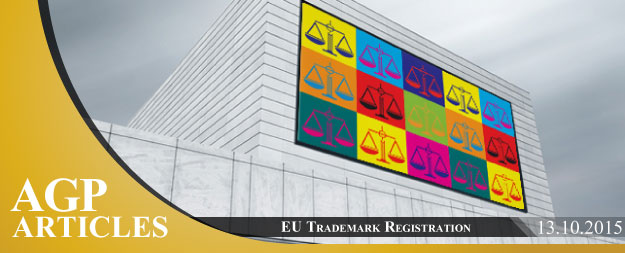
Recommended contact person
Trade marks are signs that are used in trade to identify products.
According to the Council Regulation (EC) No 207/2009 of 26 February 2009 a trademark is defined as follows:
An EU trade mark may consist of any signs, in particular words, including personal names, or designs, letters, numerals, colours, the shape of goods or of the packaging of goods, or sounds, provided that such signs are capable of distinguishing the goods or services of one undertaking from those of other undertakings […].
The registration of a European Union Trademark refers to a single, unitary registration that is valid and enforceable in all the member states of the European Union. Previously in order to guarantee protection of a trademark in the EU, the owner had to submit separate applications to each member state.
Who can apply for a European Union Trademark?
- A natural person or
- A legal entity
What may be registered as an EU trademark?
An EU trade mark may consist of any signs capable of being represented graphically, particularly words, including personal names, designs, letters, numerals, the shape of goods or their packaging that can be used to distinguish the goods or services of one undertaking from those of other undertakings.
Therefore, signs that may be registered as a trade mark include the following:
- word marks, including letters, numbers or a combination of letters, numbers and words;
- figurative marks, whether or not they include words;
- figurative marks in colour;
- colours or combinations of colours;
- three-dimensional marks;
- sound marks.
What cannot be registered as an EU trademark?
- Descriptive marks (however, certain exceptions may apply, in case such marks have become distinctive due to their extensive use in the EU);
- Shapes that result from the nature of goods;
- Marks that are words or devices used to indicated specific goods/services;
- Marks that may mislead the public on the nature, the quality of the geographical origin of the goods / services;
- Marks that are contrary to public policy;
- Marks that are protected by the Paris Convention (national flags, emblems etc.);
- Marks that could be considered offensive in any member state of the EU.
What language(s) can be used for the application?
The application can be in any of the 24 official languages of the EU (Bulgarian, Croatia, Czech, Danish, Dutch, English, Estonian, Finnish, French, German, Greek, Hungarian, Irish, Italian, Latvian, Lithuanian, Maltese, Polish, Portuguese, Romanian, Slovak, Slovenian, Spanish or Swedish).
Furthermore, a second language must be chosen among the five working languages of the EUIPO (English, French, German, Italian or Spanish).
The second language can be used either by the EUIPO (in case the application was not filed in one of its five working languages) or by an opponent.
Who can file an opposition?
- Owners of earlier registrations (EUTM and national marks);
- Owners of unregistered marks of more than local significance if the law of their state gives them the right to prevent use of the EUTM;
- Owners of marks falling under Art. 6 bis of the Paris Convention (i.e. well-known marks).
What is the time limit for filing a notice of opposition?
A notice of opposition may be filed within a period of three months following the publication of the EU trade mark application.
Who can submit “observations”?
Following the publication of an application, any third party may submit “observations” that the mark is not acceptable on absolute grounds.
Under what circumstances can the rights of the owner of an EU trademark be revoked?
- In the absence of genuine use. According to the law, an EU trade mark must be put to genuine use in the European Union in the five years following its registration. Furthermore, use must not be interrupted for over five years.
- If the proprietor, the trade mark has become the common name for a product or service for which it is registered due to the owner’s acts and/or omission to take sufficient measures to prevent this.
- If the trade mark has become misleading as to the nature, quality or geographical origin of the goods and services for which it is registered due to the owner’s acts.
The above information is provided for general purposes only and cannot be considered as legal advice.
To find out more about the key changes that came into force in 2016 regarding EU Trademarks, please refer to our related article.














